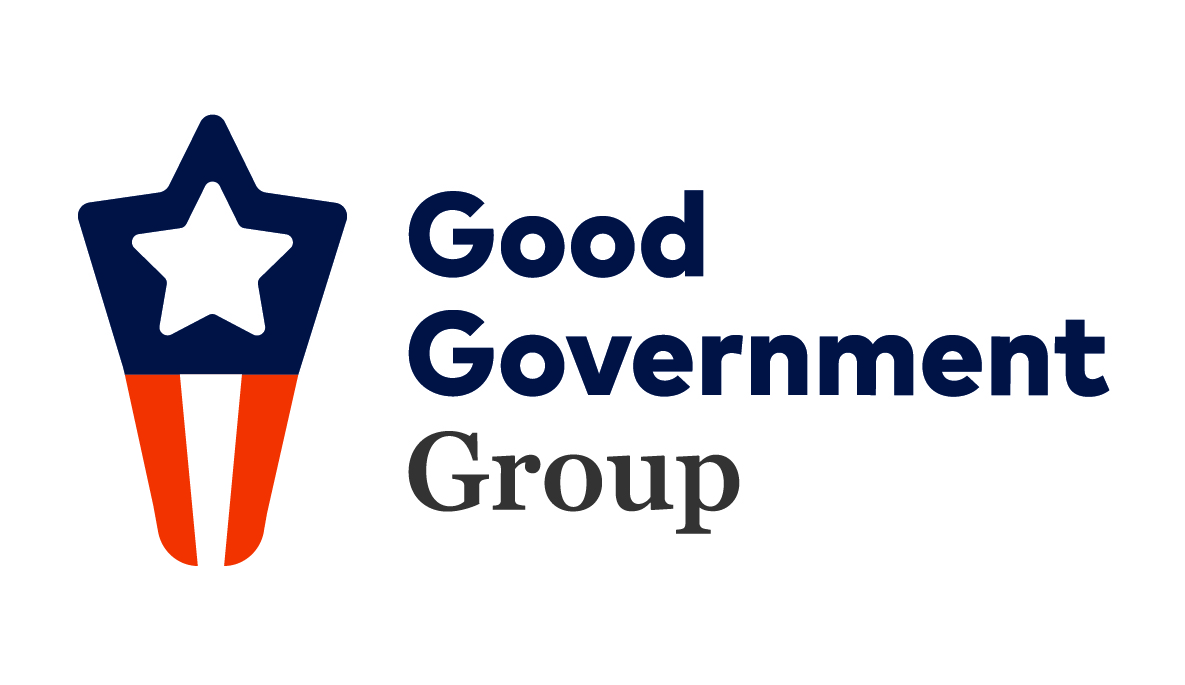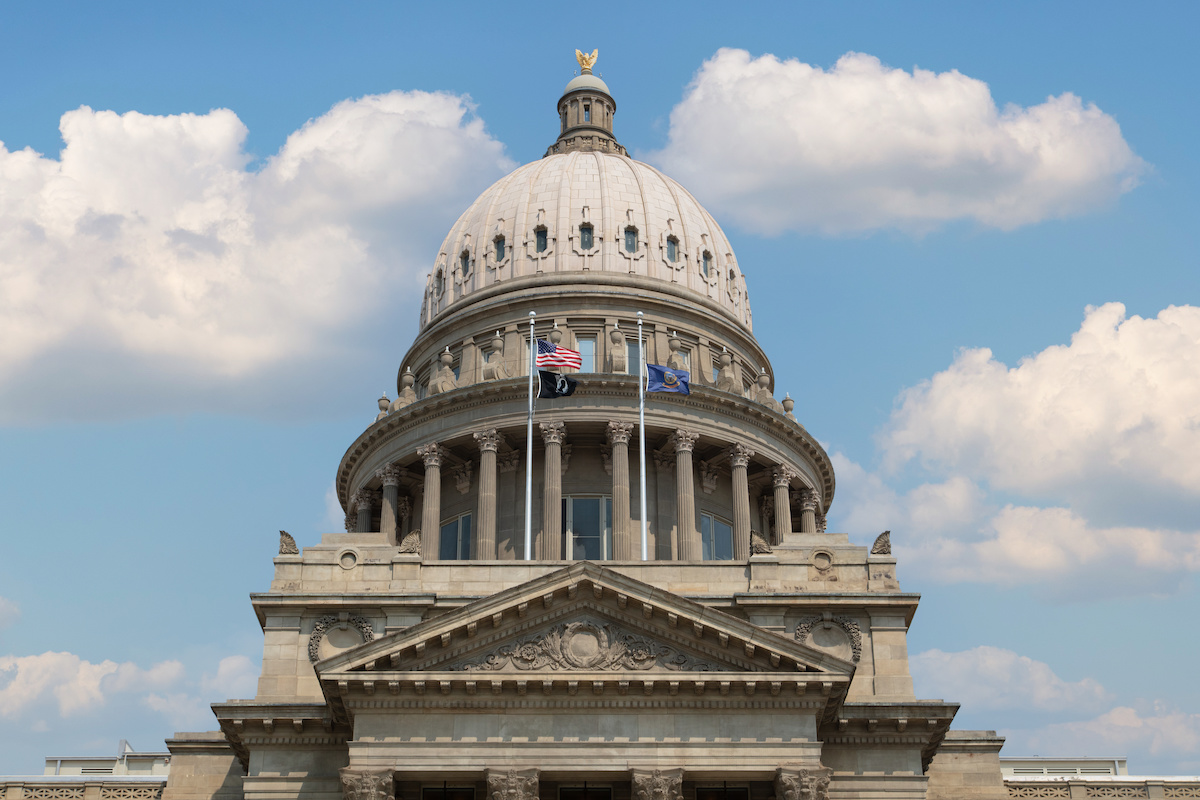The Idaho Legislature opened its 2025 session on January 6, with plans to adjourn by late March or early April. Recognizing that health policy remains a top priority for lawmakers, HCA Healthcare is sharing this legislative preview to keep colleagues informed about key developments that could impact care and access in the communities we serve.
Led by Senate President Pro Tempore Kelly Arthur Anthon and House Speaker Mike Moyle, and working in tandem with Governor Brad Little, lawmakers will address critical issues such as the state budget, healthcare, education, and more.
Below is an overview of significant policy proposals they will likely consider during the 2025 session:
Medicaid Expansion
Idaho lawmakers will revisit Medicaid expansion this session. In 2018, voters overwhelmingly approved the program’s expansion, which has helped 95,000 low-income Idahoans access healthcare. With Idaho assuming 10% of the costs (the federal government pays the rest), some lawmakers argue it’s become too costly. However, health advocates point out that expanded coverage has reduced spending on the state’s prison system, mental health services, court costs, and financial aid programs for indigent care.
Gov. Little has urged lawmakers to find a balanced approach, not a massive overhaul or full repeal. Ideas under consideration include adding work requirements or adjusting eligibility thresholds to better manage costs – both of which will likely gain support from the incoming Trump administration.
For the past few sessions, lawmakers have also considered moving the Medicaid expansion population to a comprehensive managed care plan. Proposals along those lines are likely to resurface this session as a means to create Medicaid budget stability as the program population continues to grow. Though Gov. Little has advised against a full repeal of Medicaid expansion, axing the program is on the table for some Republican legislators.
The Medicaid budget will be under review on March 5 by the Joint Finance-Appropriations Committee.
Obstetric Care and Abortion
Idaho faces a growing health workforce crisis as obstetricians leave the state, partially due to more restrictive abortion laws. Bonner General Hospital in Sandpoint, for instance, has discontinued obstetric services, citing difficulties in retaining skilled providers. This trend has left some rural areas without adequate maternity care, raising serious concerns about access and safety for expectant mothers.
In response, some lawmakers are advocating for changes to Idaho’s abortion laws to address this crisis. Proposed updates include exempting nonviable pregnancies that may endanger a mother’s health, which would offer clearer legal protections for doctors. Others are pushing to refine medical definitions to reduce uncertainty and alleviate concerns among providers. However, the prospects of significant change remain uncertain amid ongoing court challenges.
K-12 Education
School choice is a central theme this year. Before session, supporters held a pro-voucher event, during which Rep. Wendy Horman and Sen. Lori Den Hartog unveiled a new $50 million proposal to provide $5,000 tax credits for families opting out of public schools. For students with special needs, support could go up to $7,500. The proposed $50 million program would prioritize families earning up to 300% of the federal poverty level but has no income cap, opening more opportunities for many Idahoans.
Immigration Enforcement
Immigration policy will likely take center stage as Idaho considers stricter enforcement measures aligned with the Trump administration’s greater emphasis on deportations. Proposals may include enhanced collaboration with other states on law enforcement intelligence and penalties for undocumented immigrants driving without insurance.
Gov. Little has backed stronger border security measures, including deploying Idaho state troopers to Texas and supporting federal plans to deport criminals and gang members. However, some proposals may face pushback due to their potential impact on Idaho’s agricultural sector. To balance enforcement with economic needs, Gov. Little has advocated for expanding the federal H-2A visa program.
Judicial Recruitment
Chief Justice G. Richard Bevan of the Idaho Supreme Court is calling for bold reforms to address challenges in recruiting and retaining judges. His proposals include a nearly 30% salary increase to make judicial roles more competitive and creating an independent commission to manage future pay changes. Amid the state’s growing population, Bevan has also recommended adding judges in high-growth counties like Kootenai, Twin Falls, and Bonneville. These measures aim to reduce justice system delays, especially as caseloads rise.
Diversity, Equity, and Inclusion
Idaho lawmakers are expected to continue efforts to phase out diversity, equity, and inclusion (DEI) programs in state universities. Following a recent State Board of Education ban, universities have already begun closing DEI offices. Conservative lawmakers argue that DEI initiatives promote “social justice ideology” at the expense of a focus on academics, while others stress the need to support students in ways that reflect Idaho’s values.
Additionally, lawmakers may revisit a controversial 2024 law allowing lawsuits against libraries that fail to relocate books deemed inappropriate. In response, some libraries have restricted access to “adult-only” books. Proposed amendments could exempt private libraries from the law, especially after a lawsuit from private schools and libraries last summer.
Grocery Tax
Idaho’s grocery tax will likely return to the agenda. The state is one of only 13 remaining that tax food, generating revenue from tourists but also raising costs for residents. While a $166 annual rebate offers partial relief, critics argue it has not kept pace with inflation or rising food prices.
Conservative groups support fully repealing the tax, framing it as a win for families. However, eliminating the tax would significantly reduce state revenues. An alternative proposal would index the rebate to inflation, offering a middle ground. Gov. Little has expressed openness to either approach but stressed the importance of defining what qualifies as “food” to avoid unintended revenue gaps.
State Budget
A 7.4% increase over last year, Gov. Little’s proposed $5.65 billion budget includes significant investments in education, wildfire management, water infrastructure, housing, and more. Some highlights include:
- Education: The proposal invests $150 million in Idaho’s public schools, $50 million to expand school choice, and $28 million to enhance teacher health insurance. Teachers and school staff could also see a 5% merit-based pay increase.
- Tax Relief: Idahoans could benefit from up to $100 million in tax cuts, a move designed to provide some financial breathing room for families.
- Wildfire and Water Infrastructure: Idaho aims to protect its natural resources with $100 million for wildfire suppression and $30 million for water projects, particularly in the East Snake River Plain.
- Housing and Workforce: A $15 million workforce housing initiative and 5% raises for state employees underscore a commitment to retain and support Idaho’s workforce.
- Foster Care Improvements: The budget sets aside $9.6 million to improve Idaho’s foster care system, focusing on prevention and transformation programs.
The governor’s proposed budget also prioritizes fiscal responsibility, leaving a $200 million ending balance and record rainy-day reserves of $1.4 billion.



